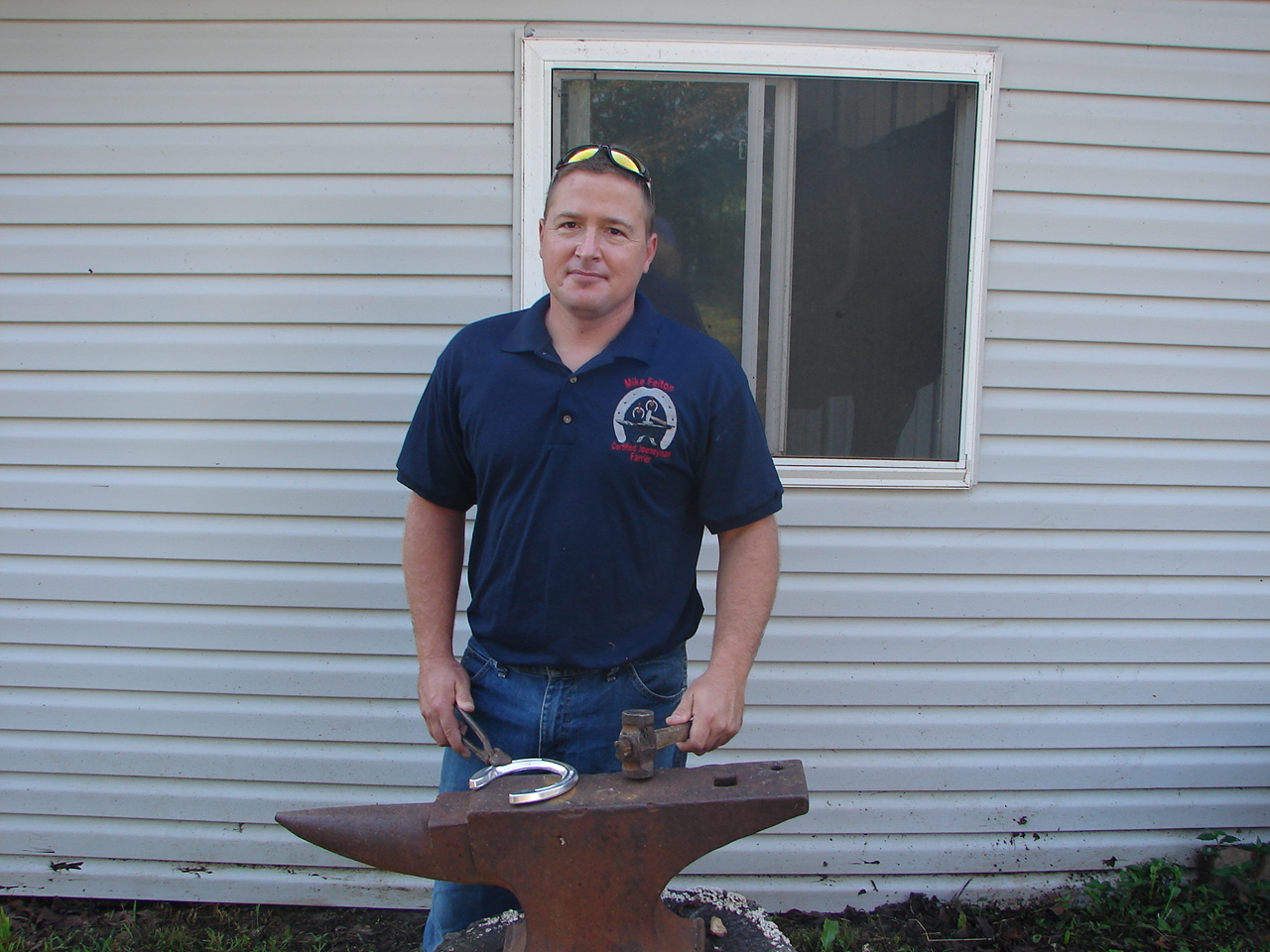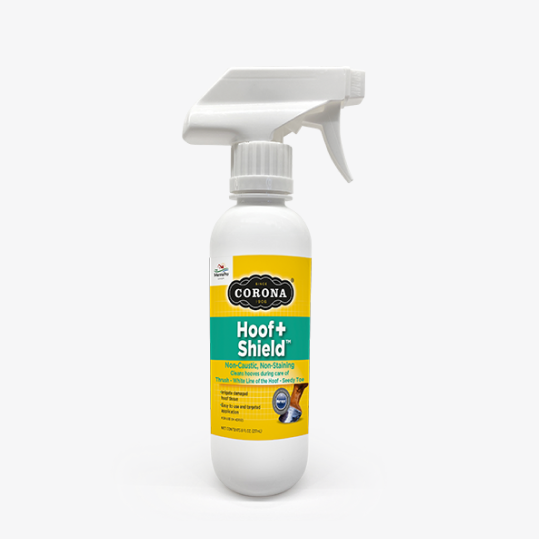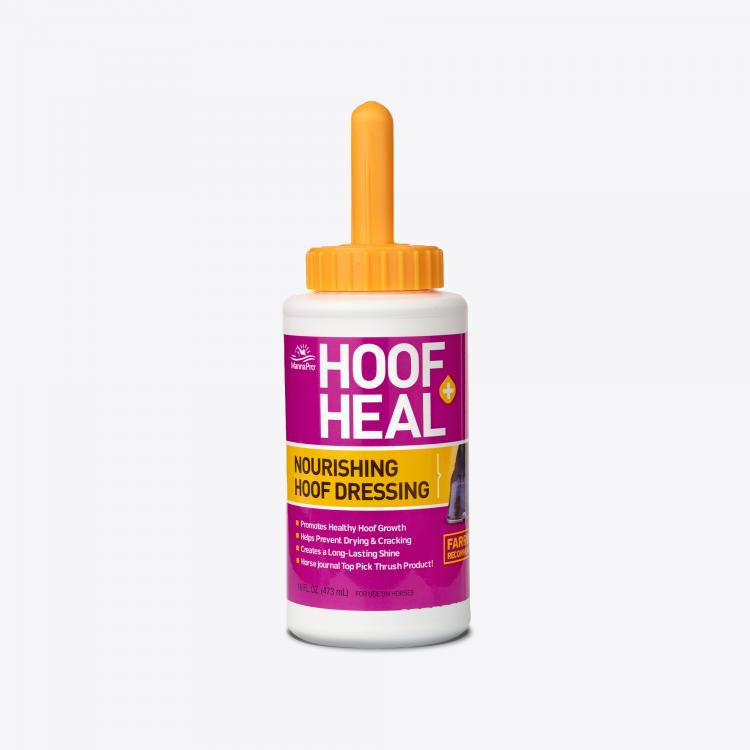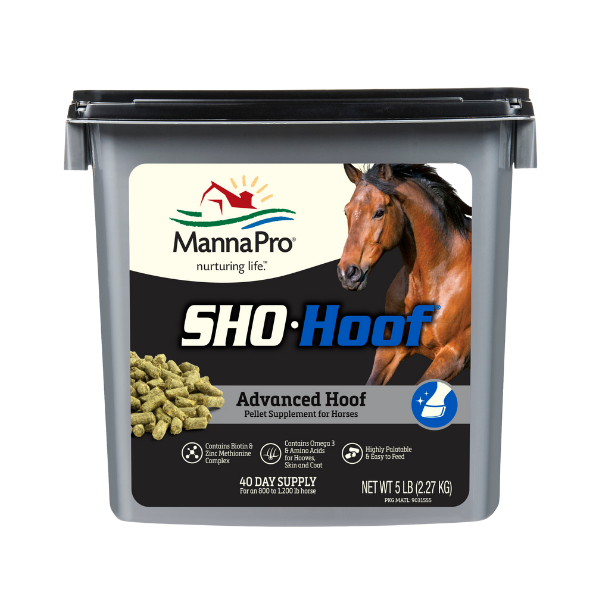Posted by Gabby Gufler, Tue, Oct 14, 2014
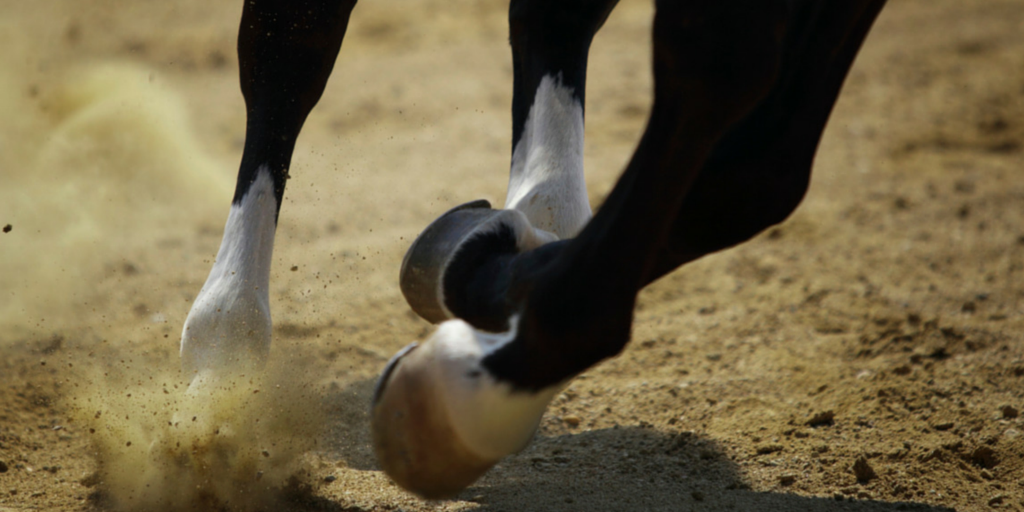
Corrective hoof care is a must for the foundered horse.
As farriers, we have several options for treating laminitis and founder in horses. Each case is different and should be evaluated by a veterinarian. X-rays should be taken to allow monitoring of treatment progression.
Our goal in horse hoof trimming is to stop additional rotation or sinking of the coffin bone and de-rotate the coffin bone while regaining proper alignment within the hoof capsule. We do this by providing support that helps to spread weight bearing across the entire hoof.
Next, we want to ease break-over to eliminate the lever effect from further damaging laminae and, in more severe cases, to reduce deep flexor tendon pull on the coffin bone. There are two commonly used approaches when dealing with a foundered horse.
- The Foundered Barefoot Trim The Foundered trim is often used in less severe cases of horse founder; however, some farriers have had great success with this approach when treating severely foundered horses. The following is how I go about trimming a foundered horse: Provide Support: First and foremost, it’s important to provide support. Oftentimes a foundered horse has experienced both decreased toe growth and increased heel growth. This takes the frog out of contact with the ground, leaving it unable to aid in weight bearing. With the Foundered trim, I start by trimming the heels of the affected hoof. This allows the frog ground contact to aid in the support of the bony column. Ease Breakover: Next, back the toe up to regain proper alignment of the coffin bone inside of the hoof capsule. This removes the lever effect, helping to prevent more stretching and tearing of the laminae of the white line, and with time can allow the coffin bone to de-rotate within the hoof capsule. It’s recommended that the Foundered trim be done more often than normal, usually every two weeks. This will allow the frog to maintain contact with the ground.
- Shoeing a Foundered Horse When shoeing a foundered horse, I have similar goals as when trimming: Provide Support: Provide support through the frog to help spread the load over the whole hoof. This can be accomplished in several ways. Most often a heart bar shoe is used, which has an adjustable frog plate to transfer weight bearing from the hoof wall to the frog. Other times I have used dental impression material and a shoe with a pad to provide the needed support.Ease Break-Over: It’s important to ease break-over to help eliminate stretching/tearing of the laminae of the white line. This can be accomplished easily by using a reverse shoe or horseshoe with a rolled or rockered toe. Reduce Deep Digital Flexor Tendon Pull: To reduce pull from the deep digital flexor tendon, you can use either a wedge shoe or a wedge pad. The horseshoe I use most often in the treatment of founder is the Redden Modified Ultimate. This horseshoe allows me to achieve all three objectives quickly and easily, decreasing the amount of time required to work on the affected limb.
Hopefully this information will serve as a guide in helping to shed light on the mysteries of shoeing and trimming foundered horses. Just remember, each case is complex and must be treated individually to ensure a successful outcome. Click here to learn how to prevent founder in horses. Click here to learn how to keep horse founder at bay.
About the Author
Michael Felton has been a Certified Journeyman Farrier with the American Farriers Association since 2001 and is a graduate of the Heartland Horseshoeing School. Michael specializes in Hunter, Jumper, Dressage and Therapeutic Horseshoeing.About the Author Michael Felton has been a Certified Journeyman Farrier with the American Farriers Association since 2001 and is a graduate of the Heartland Horseshoeing School. Michael specializes in Hunter, Jumper, Dressage and Therapeutic Horseshoeing.
